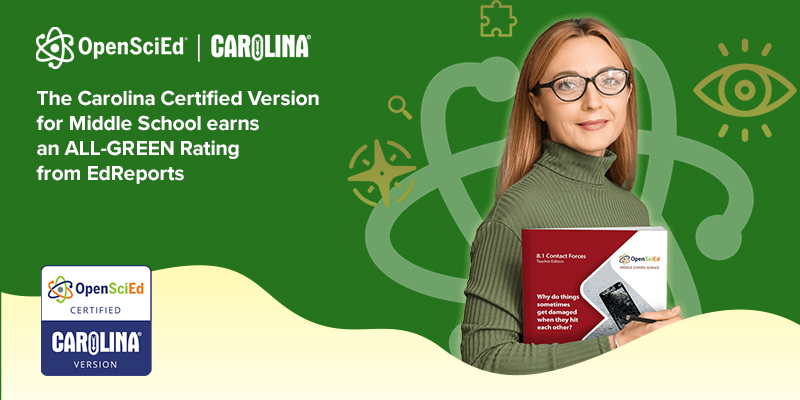
Carolina Certified Version of OpenSciEd: A Path to Excellence in Middle School Science Education
Carolina Certified Version of OpenSciEd: A Path to Excellence in Middle School Science Education
In the ever-evolving landscape of education, high-quality instructional materials that align with educational standards and promote effective teaching practices are paramount. The Carolina Certified Version of OpenSciEd for grades 6–8 has recently earned a remarkable all-green rating from EdReports, a recognition that underscores its commitment to excellence in science education. Let’s delve into why this achievement is significant and how the Carolina Certified Version stands out in the realm of middle school science curricula.
EdReports: A Beacon of Quality in Educational Materials
EdReports is pivotal in evaluating educational programs, offering evidence-rich insights into a program’s alignment with standards and overall quality. Led by expert educators, EdReports empowers schools and districts to identify the highest quality materials, ultimately contributing to improved student outcomes. The all-green rating bestowed upon the Carolina Certified Version attests to its alignment with the Next Generation Science Standards (NGSS), coherence, scope, and usability.
Meeting Expectations Across Three Gateways:
Gateway 1: Designed for NGSS
The Carolina Certified Version of OpenSciEd aligns seamlessly with the NGSS, reflecting the commitment to providing students with a robust and standards-based science education. The alignment ensures that the curriculum is comprehensive and addresses the fundamental principles and practices outlined in the NGSS, fostering a deeper understanding of scientific concepts.
Gateway 2: Coherence & Scope
A curriculum’s effectiveness lies in its ability to present content coherently and comprehensively. The Carolina Certified Version excels in this aspect, offering a well-organized and logically structured curriculum that allows students to build a solid foundation in science. The scope of the curriculum ensures that students’ progress seamlessly from one concept to the next, promoting a holistic understanding of scientific principles.
Gateway 3: Usability
Usability is an essential factor in the success of any instructional material. The Carolina Certified Version focuses on ease of use, safety, and accessibility. The enhancements made to the curriculum, including a user-friendly online digital platform, contribute to a more seamless teaching and learning experience. This user-centric approach empowers teachers to adapt and customize the content to meet the unique needs of their students.
The OpenSciEd Vision and Collaboration with Carolina:
OpenSciEd, as a nonprofit science developer, envisioned an open-source science curriculum that empowers teachers to customize and localize content for their students. The collaboration with Carolina represents a significant step towards achieving this goal. The Carolina Certified Version builds upon the OpenSciEd curriculum, maintaining its high standards while offering additional features such as redesigned print materials, simplified equipment, and an enhanced digital experience.
Jim Ryan, Executive Director of OpenSciEd, emphasizes the positive impact of the collaboration, stating, “Working with Carolina as a certified partner resulted in another excellent version of our curriculum.” The Carolina Certified Version not only upholds the quality of the original curriculum but also facilitates a smoother transition to three-dimensional, student-centered, and phenomena-driven learning.
The all-green rating from EdReports solidifies the Carolina Certified Version of OpenSciEd as a beacon of excellence in middle school science education. By aligning with NGSS, ensuring coherence and scope, and prioritizing usability, this curriculum exemplifies a commitment to providing students with a top-tier science education. The collaborative efforts of OpenSciEd and Carolina have yielded a curriculum that meets educational standards and enhances the overall learning experience for teachers and students. As educators seek innovative and effective instructional materials, the Carolina Certified Version stands out as a model for excellence in science education.

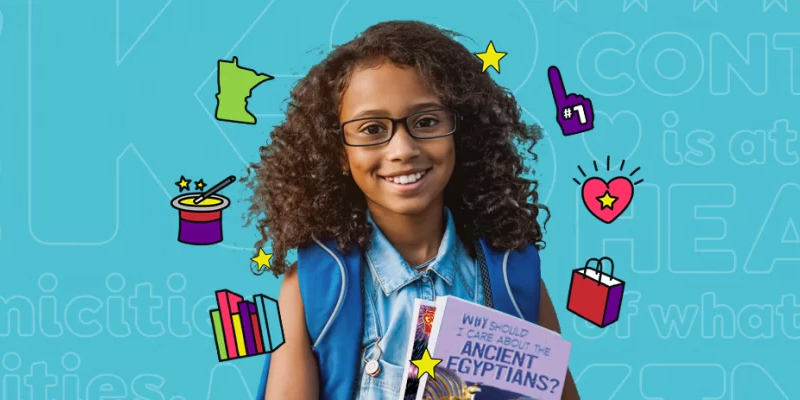
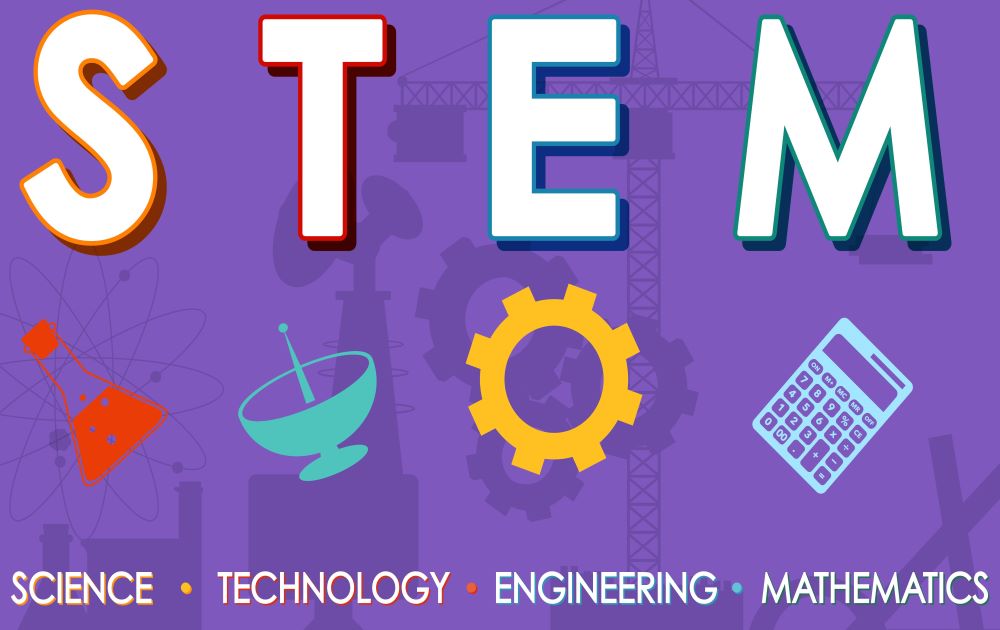
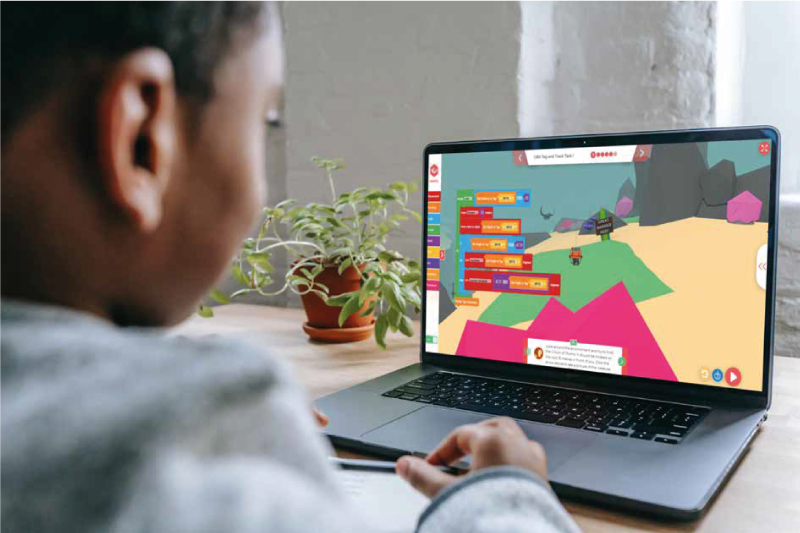
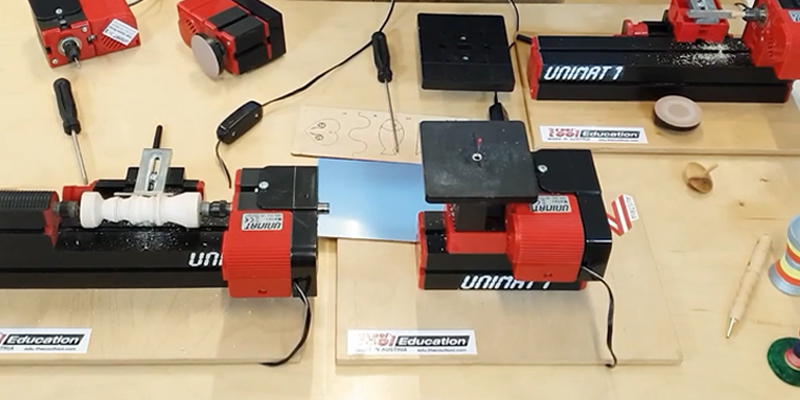




Recent Comments